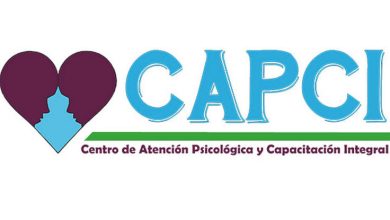Analgesia en Obstetricia
La paciente embarazada presenta al anestesiólogo un gran desafío, ya que enfrenta dos pacientes en forma simultánea, cada uno en estrecha relación con el otro y con la posibilidad de presentar patologías que los pueden comprometer gravemente. El tratamiento del dolor durante el trabajo de parto constituye un gran avance en la obstetricia moderna. Es un procedimiento que no está exento de riesgos y actúa sobre la madre y el feto. No interfiere con la contracción del músculo uterino, pujo materno ni con la perfusión feto placentaria. La paciente presenta una serie de cambios fisiológicos, por lo cual se le debe prestar especial atención ya que condiciona mayores riesgos con determinados procedimientos. Es muy útil el uso de analgesia durante el trabajo de parto, ya que asegura mejores condiciones metabólicas y circulatorias al feto, y mejor calidad en el trabajo. El organismo de la mujer embarazada presenta una serie de modificaciones fisiológicas y bioquímicas, que abarcan casi a todos los órganos y sistemas. Estos cambios representan la respuesta del organismo a la demanda metabólica impuesta por el feto. Las respuestas del organismo frente al estímulo doloroso ocurren a distintos niveles, pudiendo provocar efectos tanto en la madre como en el feto y recién nacido. Técnicas no farmacológicas: Hipnosis, Acupuntura, TENS (estimulación eléctrica transcutánea), Psicoprofilaxis Técnicas farmacológicas: Anestesia regional, Anestesia epidural: Es la más frecuentemente utilizada para la paciente obstétrica. Sus ventajas incluyen mayor estabilidad hemodinámica, la posibilidad de realizar un bloqueo gradual alcanzando el nivel segmentario deseado lentamente y la inserción de un catéter peridural que permite la administración de nuevas dosis o de realizar analgesia postoperatoria.
Analgesia in Obstetrics
The pregnant patient presents to the anesthesiologist a great challenge, as he is facing two patients simultaneously, each one in close relationship with the other and with the possibility of presenting pathologies that can seriously compromise. The pain treatment during labor is a major step forward in modern obstetrics. It is a procedure that it is not free of risks and acts on the mother and the fetus. It doesn’t interfere with the contraction of the uterine muscle, maternal push, or with the fetus placental perfusion. The patient presents a series of physiological changes, so it should be given special attention because it affects higher risks with certain procedures. Analgesia is very useful during labor, as it ensures better metabolic and circulatory conditions to the fetus, and better quality work. The body of the pregnant woman presents a series of physiological and biochemical changes, covering almost all organs and systems. These changes represent the body’s response to metabolic demand imposed by the fetus. The responses of the organism against the painful stimulus occur at different levels, which may cause effects on both mother,fetus and newborn. Non-pharmacological techniques: hypnosis, acupuncture or TENS (electrical stimulation on skin), Psychoprophylaxis pharmacological techniques: regional anesthesia, epidural anesthesia: This is the most frequently used for the obstetrical patient. Its advantages include greater hemodynamic stability, the ability to make a gradual blockage reaching the segmental level desired slowly and the insertion of an epidural catheter which allows the administration of new doses or perform postoperative analgesia.
Dra. Jessy Maricela Méndez Sánchez
Dra_jessy@me.com
Av. Los Tules 160, Col. Díaz Ordaz
Tel: (322) 223 5521






